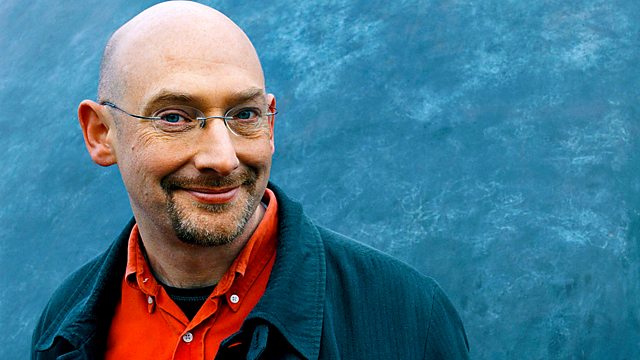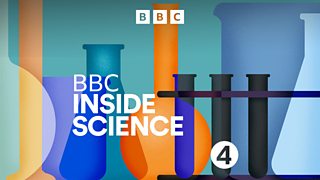Foam Water Cube - Gravity Satellite: GOCE
Quentin Cooper investigates Europe's new satellite GOCE, designed to map the Earth's gravitational field. This should further our understanding of climate change.
Foam Water Cube
What’s the most efficient way of packing bubbles into a foam? It’s a question formulated over a century ago and has kept physicists busy staring into beer glasses ever since.
Now, the solution proposed by an Irish physicist has become a landmark – the Aquatics Centre for the Beijing Olympics, known as the Water Cube and designed from a foam of 4500 giant bubbles.
Physicist Professor Denis Weaire of Trinity College Dublin meets Quentin in the studio and structural engineer Tristram Carfrae, who designed the Aquatics Centre, joins them from Sydney.
Gravity Satellite: GOCE
It is over 300 years since Sir Issac Newton discovered the laws of gravity but scientists are still trying to find out precisely how it acts upon all areas of the Earth. A revolutionary new European Space Agency satellite called GOCE – Gravity field and steady-state Ocean Circulation Explorer, is set to find out this September.
Dubbed the 'racing car' of spacecrafts, the arrow-like GOCE is designed to cut through what remains of the Earth's atmosphere and orbit at just 250km about the surface of the planet – and produce a map of the geoid – the gravity field of the Earth.
Quentin is joined by Professor Alan O’Neil, Director of National Centre for Earth Observation, University of Reading and Professor Philip Moore, School of Civil Engineering and Geosciences, University of Newcastle, to find out how GOCE will help us find out more about the Earth’s oceans, rocks and climate.


